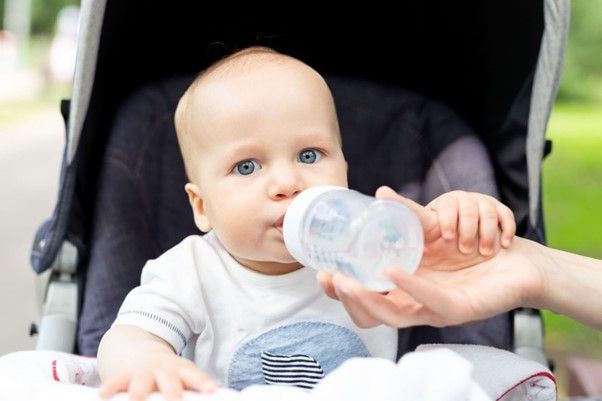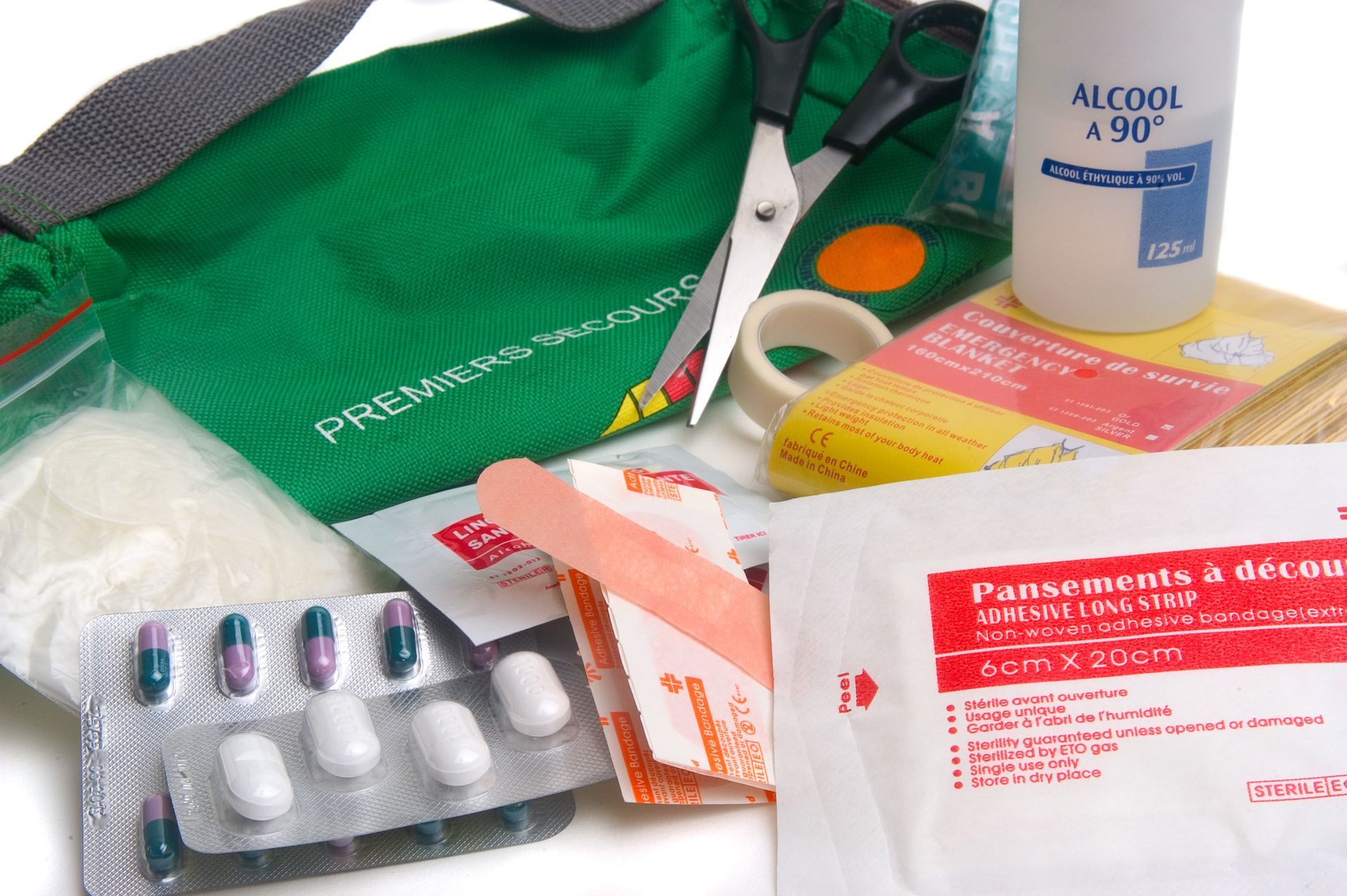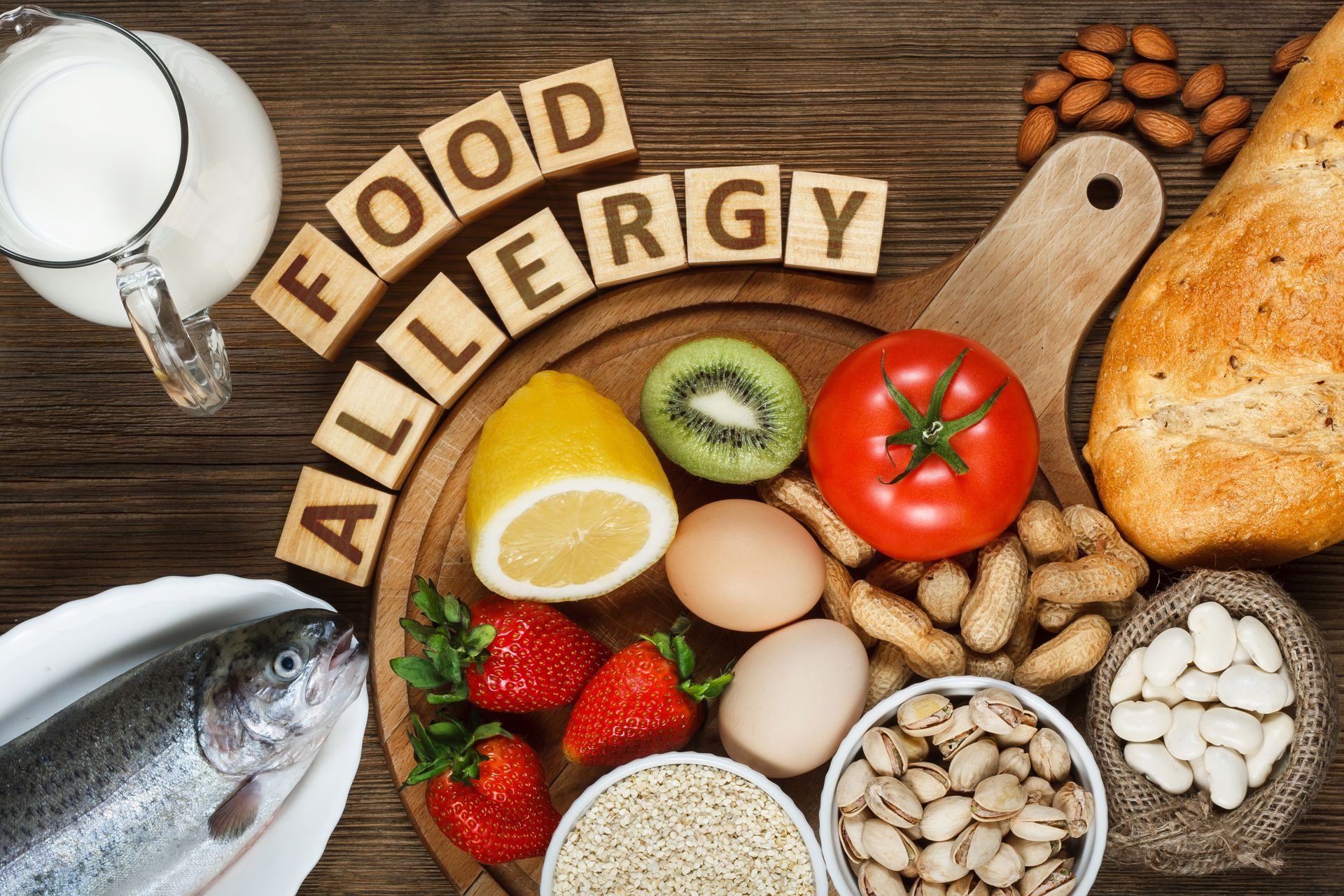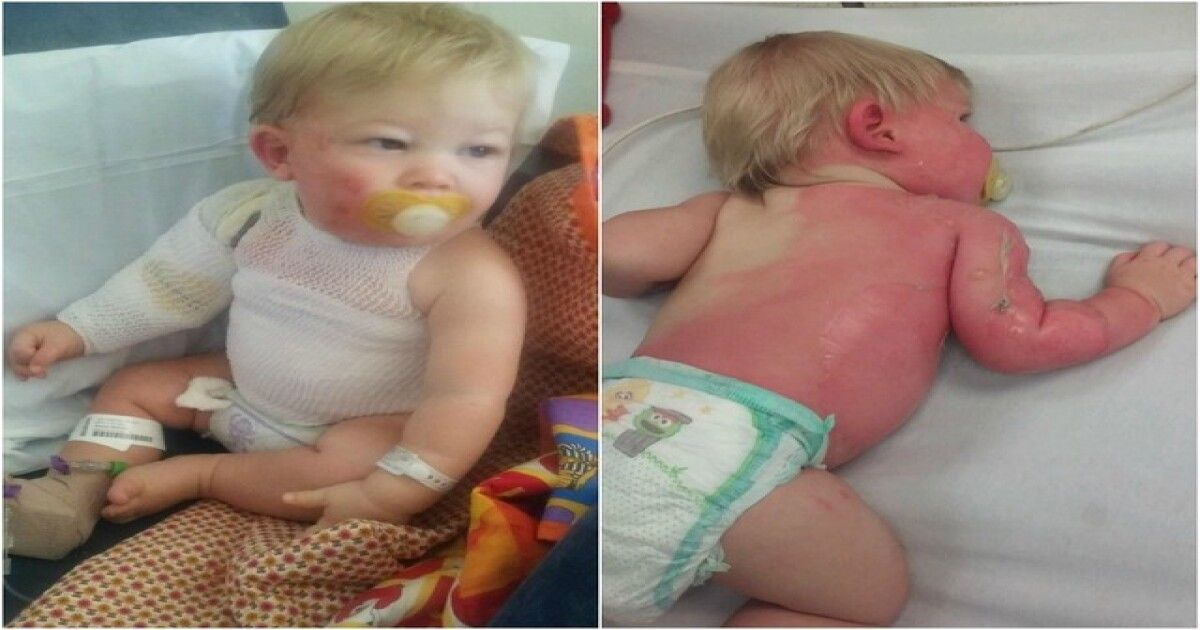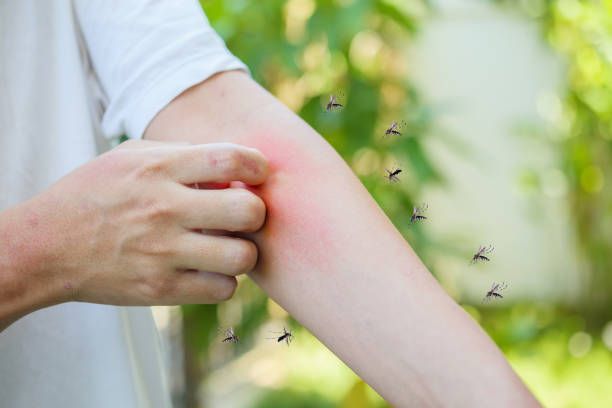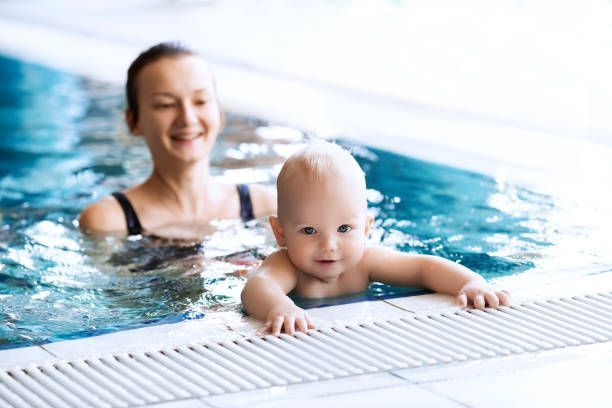Banishing Bites:
Your Ultimate Guide to Mosquito and Sandfly Bite Prevention and Treatment
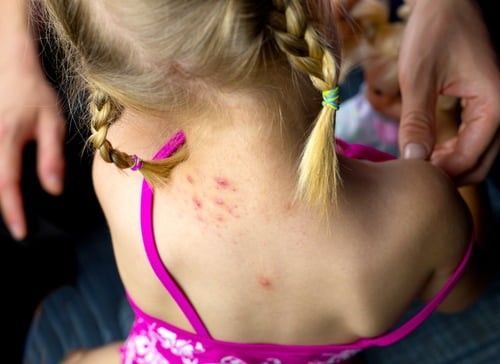
Mosquitoes
Mosquitoes are common flying insects. Most mosquito problems are caused by saltmarsh mosquitoes. More breeding occurs in freshwater after heavy rain. Regular high tides cause tidal marshes to flood, triggering mosquito breeding.
To prevent mosquitoes in and around the home, windows and doors should be screened. Empty all water-holding containers in the garden. These include pot plant saucers, tires, roof gutters, and tins. This will prevent breeding. Bed nets are an effective barrier at home or camping. Insect repellent and coils around the house can help keep mosquitoes at bay.
People vary in their sensitivity to mosquito bites. Most only have a mild reaction, but some have severe symptoms. If the bites are scratched, they may become infected, especially on the lower limbs. The classic “mozzie bite” is an itching, inflamed lump on the skin. Clean the bite with warm soapy water and dry the bite with a clean cloth. Application of a cool compress (i.e., icepack wrapped in cloth) can reduce inflammation. Seek medical advice if there is development of any other symptoms or signs of infection.
Local council may use fogging in outbreak areas to kill mosquitoes. This helps prevent diseases like Dengue, Ross River, and Barmah Forest. They are spread by mosquitoes and can only be confirmed with blood tests.
Sand Flies
Sand Flies (biting midges) are so small (1.0mm – 3.0mm) that they often go unobserved by the individual being bitten. Sand flies are bad fliers. They get carried easily by wind. So, they are a common and annoying pest that comes in swarms.
Sand Flies are most active at sunrise and sunset. So, to stop sand flies in and around the home, window and doors should be screened. Trees and plants should be kept trimmed. Fans should be used in summer to blow them away. And, mosquito coils should be used outdoors. You can protect yourself from being bitten by wearing insect repellent. Also, by covering up at the times of day when bites are most common.
A bite from a small sand fly can be more painful than the bite of a large mosquito. Sand fly bites can also produce rashes and cause fevers depending on the tolerance to the bite. Apply an ice pack on the site of bite to prevent swelling, itching, and soothe the skin. Wash the site with soap and apply an anti-septic cream or lotion. Seek medical advice if there is development of any other symptoms or signs of infection.
Insect Repellents
Some insect repellents will contain warnings about age limitations for use on children. Yet, it is not recommended to use topical repellents on children under 3 months. Avoid topical repellents for babies when possible. Use physical barriers like netting for prams, cots, and play areas instead. Repellents have <10% DEET or picaridin. They are safe if used as directed on the label. Most importantly, children should not apply their own repellents. Carers should be careful not to use too much repellent. When putting repellent on children, apply it to the carer's hands first. Then, put it on the children's skin. You only need to apply a thin, even layer of repellent. Many see them as safer. But, remember that botanical repellents may still irritate skin. They should be applied according to the label.
Some insect repellents will contain warnings about age limitations for use on children. Yet, it is not recommended to use topical repellents on children under 3 months. Avoid topical repellents for babies when possible. Instead, use physical barriers like netting for prams, cots, and play areas. Repellents have <10% DEET or picaridin. They are safe if used as the label says. Most importantly, children should not apply their own repellents. Carers should be cautious not to use too much repellent. When applying repellent to children, put it on the carer's hands first. Then, put it on the exposed skin of the children. Only a thin, even coverage of repellent is required. Although they are often seen as safer. But, remember that botanical repellents may still irritate skin. Apply them as the label says.
For further information on bites and stings go to https://www.childrens.health.qld.gov.au/chq/our-services/queensland-poisons-information-centre/bites-stings/
Disclaimer: The health information provided is for informational purposes only and is not intended to be a substitute for professional medical advice, diagnosis, or treatment. Always seek the advice of a qualified healthcare provider with any questions you may have regarding a medical condition.

Baby First Aid QLD is a business for good that is on a mission to ensure all parents and carers have access to quality skills in first aid to apply if their child is sick, injured or in an emergency situation.
We provide our courses across Queensland, so would respectfully like to acknowledge the traditional owners of our land, past, present and emerging. We are committed to learning and understanding the truth of our First Nations people and sharing this truth. We would like to acknowledge the traditional owners of the land that we work, play and care for our families on.
Baby First Aid QLD would also like to extend our respect to the LBGTQIA+ community and show our commitment to being an inclusive enterprise. We stand by strong principles and take pride in living by these.
The creation of this website was made possible through grant funding from the Queensland Government via the Social Enterprise Grant from the Department of Education, Small Business and Training (DESBT).
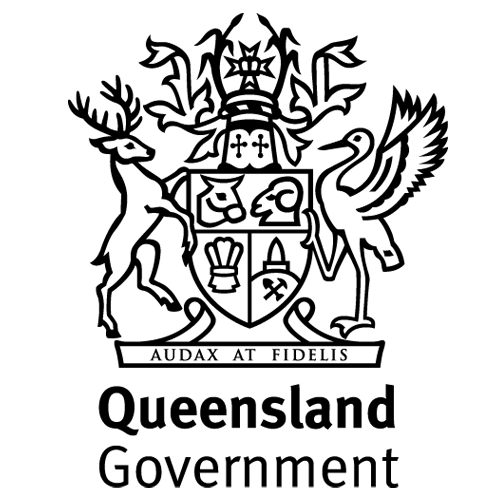
Website Disclaimer
The information provided by Baby First Aid Qld is for general informational purposes only. All information on the Site is provided in good faith, however we make no representation or warranty of any kind, express or implied, regarding the accuracy, adequacy, validity, reliability, availability or completeness of any information on the Site. Under no circumstance shall we have any liability to you for any loss or damage of any kind incurred as a result of the use of the Site or reliance on any information provided on the Site. Your use of the Site and your reliance on any information on the Site is solely at your own risk.

